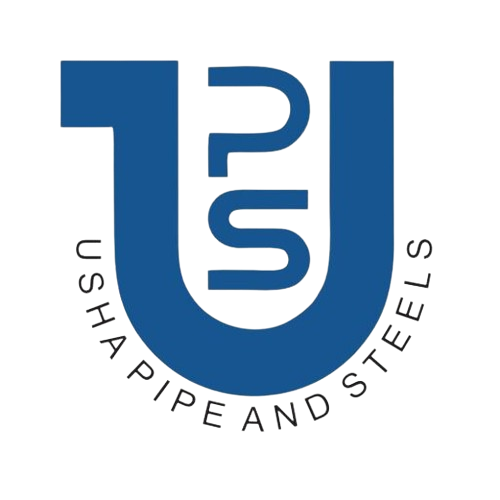C- Channel
- Home
- C- Channel
Product Description
C-channel, also known as a C-beam or channel beam, is a type of structural steel with a distinctive cross-section resembling the letter “C”. C-channels are widely used in construction and manufacturing for various purposes due to their structural strength, versatility, and ease of installation.
Uses of C-Channel
- Structural Support
- Frame Construction
- Framing Doors and Windows
- Racking and Shelving
- Truss System
Structual Support
C-channels are frequently used as structural components in buildings, bridges, and infrastructure projects to provide support and reinforcement.
Frame Construction
C-channels are commonly used in the construction of metal frames for buildings, industrial structures, and machinery. They serve as primary structural elements for framing walls, partitions, and openings in commercial, residential, and industrial buildings.
Framing Doors and Window
C-channels are used as framing members for doors, windows, and openings in buildings and structures. They provide support and reinforcement for installing and securing doors, windows, and other architectural features.
Racking and Shelving
C-channels are commonly used in the construction of storage racks, shelving units, and material handling systems in warehouses, distribution centers, and retail stores.
Truss System
C-channels are used as components in truss systems to provide structural support and stability for roofs, ceilings, and bridges. They are often assembled into trusses to distribute loads and resist bending and twisting forces.
Benefits of C-Channel
C-channels, also known as C-beams or channel beams, offer several advantages in construction and manufacturing applications. Some of the key advantages of C-channels include:
- Structural Strength: C-channels are designed to provide structural support and reinforcement in various applications. Their shape allows them to resist bending, torsion, and shear forces, making them suitable for supporting heavy loads and withstanding dynamic forces.
- Versatility: C-channels are versatile structural components that can be used in a wide range of applications. They can serve as beams, columns, joists, purlins, girts, and framing members in buildings, bridges, infrastructure projects, and industrial machinery.
- Ease of Installation: C-channels are relatively easy to install and fabricate compared to other types of structural steel. They can be cut, welded, bolted, and assembled using standard tools and equipment, allowing for quick and efficient installation in construction and manufacturing projects.
- Adaptability: C-channels can be easily modified and customized to meet specific design requirements and project specifications. They can be cut to length, drilled for fasteners, and welded to other structural components, allowing for flexibility in design and construction.
- Durability: C-channels are made from high-quality steel materials that offer excellent durability and long-term performance in harsh environmental conditions. They are resistant to corrosion, rust, and degradation, making them suitable for indoor and outdoor applications.
- Space Efficiency: C-channels have a compact and space-efficient design that maximizes usable floor space in buildings and structures. Their slim profile and lightweight construction minimize material bulk and footprint, allowing for efficient use of space in constrained environments.
- Compatibility: C-channels are compatible with a wide range of construction materials and building systems. They can be integrated seamlessly with concrete, masonry, wood, glass, and other building materials to create cohesive and integrated structural designs.
Look Product Weight Chart
Proudly deals in




